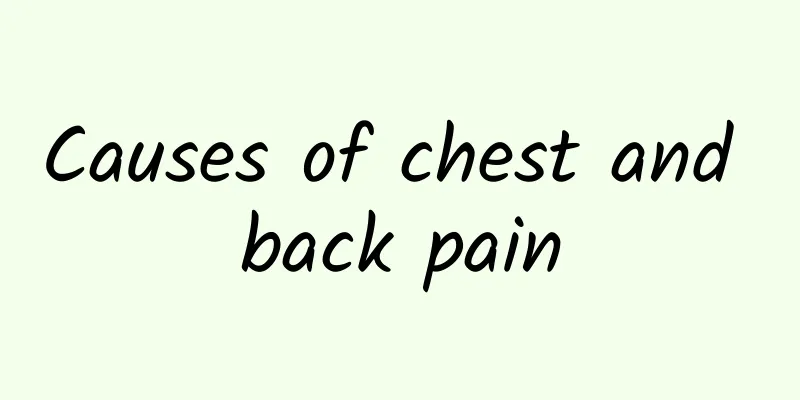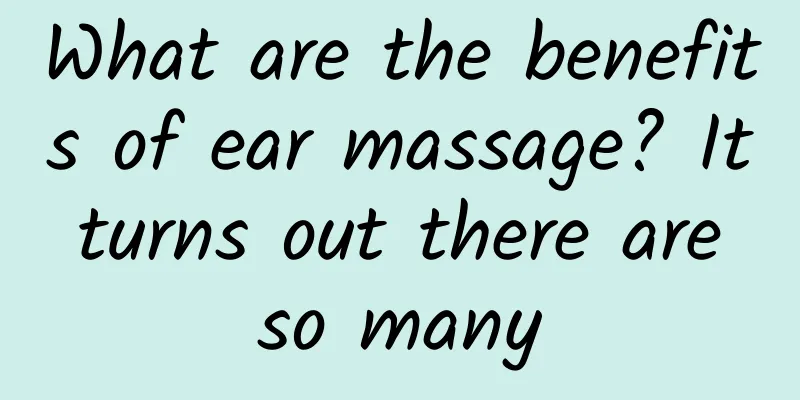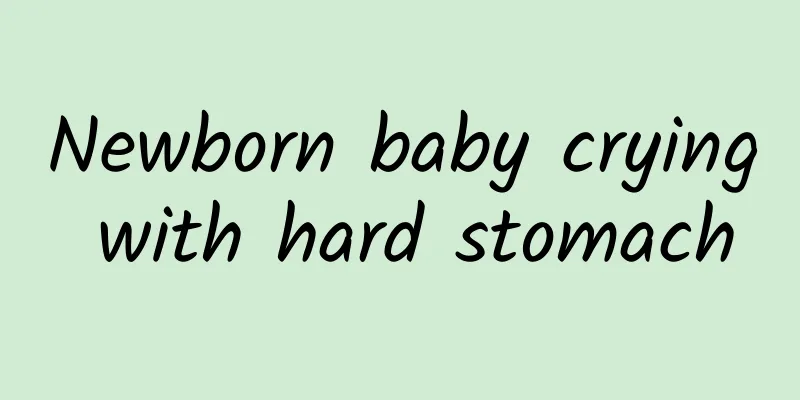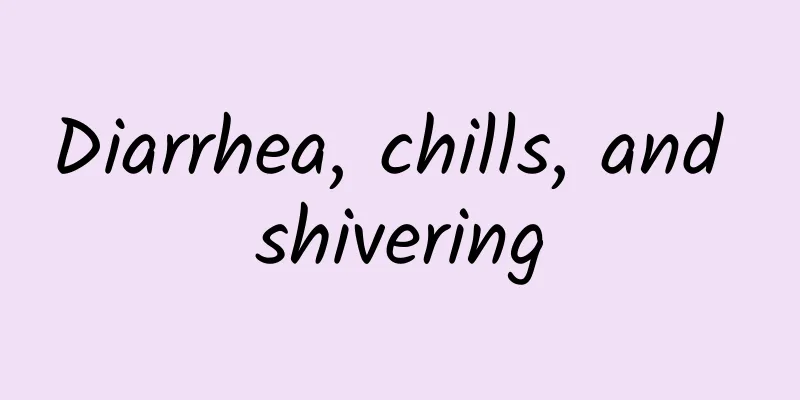Causes of chest and back pain

|
Chest and back pain is quite common in life, and there are many reasons for this pain. We should be alert to pain that is not caused by any disease, such as pneumonia and pancreatitis, which often lead to the occurrence of this symptom. Other cardiovascular diseases also often induce chest and back pain, such as cardiac neurosis, coronary heart disease, etc. At this time, timely and good treatment and prevention are needed. Causes of chest and back pain 1. Pneumonia, pancreatitis, and costochondritis are related to infection, diet, and aseptic inflammation. In addition to pain, pneumonia can also cause coughing and sputum. Pancreatitis is related to eating. Costochondritis is related to neuromalnutrition and local injuries. Pressing the local area may cause pain, which is relatively easy to identify. 2. Cardiac neurosis and coronary heart disease can be treated with a 24-hour dynamic electrocardiogram. The former is mainly treated with metoprolol, xinkeshu, and oryzanol, while the latter can be treated with enteric-coated aspirin, metoprolol, isosorbide mononitrate, danshen drops, simvastatin, etc. 3. It is recommended to check the dynamic electrocardiogram, chest X-ray and blood routine. After the test results come out, treatment will be chosen according to the situation. Symptoms of chest and back pain The onset can be acute or slow. The acute one may occur suddenly, with stabbing, throbbing or soreness in the back and chest; the insidious one may develop slowly, without anyone noticing, causing the junction of the thoracic vertebrae and ribs or between the sternum and costal cartilage to become bow-shaped, swollen and dull pain. Sometimes it radiates to the shoulders, back, armpits, neck and chest. Sometimes there is chest tightness and shortness of breath, and even inability to raise arms. The pain is relieved when resting or lying on the side, but is aggravated by deep breathing, coughing, lying flat, holding the chest up, and after fatigue. The pain occurs after exertion. However, there is no change in the local skin; the pain varies in severity and often lingers, affecting the patient's work and study. The swollen rib cartilage may even persist for months or years after the pain disappears. Treatment principles: Osteopathic treatment: Cupping is used to reduce the disorder of the sternocostal joints. Find the diseased thoracic vertebrae and the corresponding ribs, place a cup at the sternocostal joint and another cup at the middle back of the corresponding rib. Wait for about 3 minutes. When the cupping is fixed, remove the cupping cup at the end of the patient's inhalation, starting straight up and down at the sternocostal joint, and removing the cup at a 45-degree angle between the ribs and the patient's back. American chiropractic reduction method can also be used. |
<<: Is there a connection between insulin and polycystic ovary syndrome?
>>: What causes pain in right thumb
Recommend
Does herpes virus cause fever?
After contracting viral herpes, certain inflammat...
Food poisoning occurs within a few hours
After food poisoning occurs, the symptoms usually...
What are the Chinese medicines for blood supplement? Three Chinese medicines have good effects!
Many women with insufficient qi and blood need to...
What causes acne on the face
It is common to have acne on the face in life, es...
Did you know that the top ten Chinese herbal teas can nourish the kidneys and strengthen yang?
Kidney-tonifying Chinese herbal tea is becoming m...
What to do if your skin is sunburned? Here are some tips to repair it after sunburn
It is hot in the summer. If people are exposed to...
What foods are good for hair growth?
To strengthen hair growth does not mean that you ...
Is it easy to have a retroverted uterus?
The position of the uterus is different for each ...
How to treat ringworm on the neck? Use this trick to get rid of it easily!
Tinea serology is a common disease that appears o...
What causes renal cysts?
Kidney cyst is a relatively common kidney disease...
Who should not use Xiao Huo Luo Wan?
Xiaohuo Luo Pills are a very common medicine in d...
Can pharyngitis cause chest tightness and shortness of breath?
Pharyngitis is a throat disease and is a relative...
Traditional Chinese medicine formula for fumigating eyes
Many people have heard of the term Chinese medici...
How to take Chinese medicine for weight loss effectively?
With the continuous development of traditional Ch...
Yellow vaginal discharge
Women will also secrete leucorrhea under normal c...









